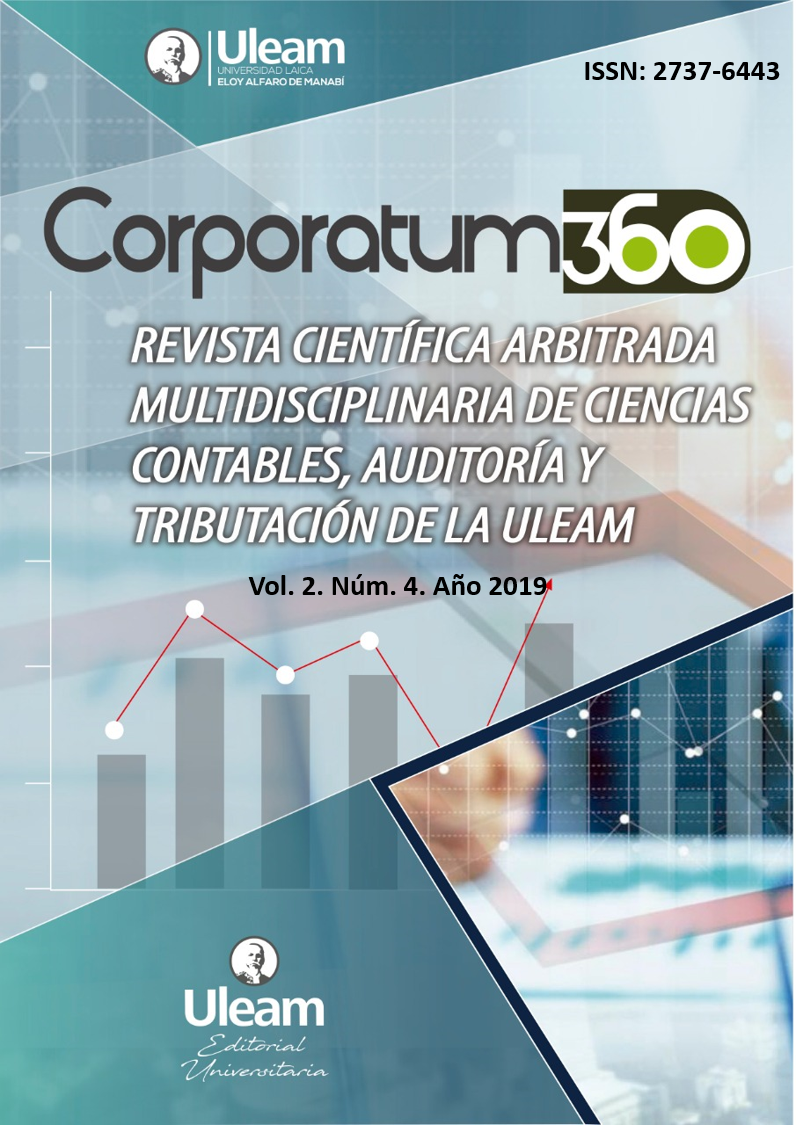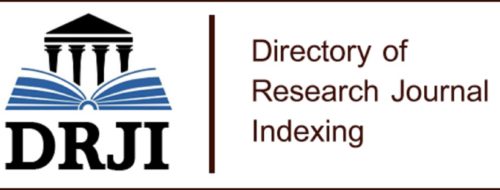Internal control of the cash account and its effect on the liquidity and reasonableness of the financial information at estación de servicios R&R Servicios S.A. from the city of Portoviejo
Investigation article
Keywords:
Internal control, policies, manualsAbstract
Serve an adequate internal control mechanism for the purpose of guiding in a timely and effective manner the processes that are executed daily in the company. Because control is such an important aspect for organizations, today it has become an imperative need to achieve efficient results operationally, administratively, and financially. The main problem that the company addresses and that is subject to greater vulnerability within the context of the investigation is the collection of cash, since it is an item that is handled daily and does not have adequate controls for its correct administration. This is how, the R&R SERVICIOS S.A. It lacks an appropriate internal control for the cash collection process, not counting on function manuals or procedures, much less with policies that help control money, the same that is in the cash accounts, banks. On the other hand, they do not have adequate monitoring of the results obtained during a given period. In addition, the mission and vision of the company has not been formally established, so it does not have key ideas towards the purposes and objectives with which the company should walk. Due to the inconsistencies and shortcomings mentioned, an internal control strategy was carried out through the description of functions in a manual of the people directly involved with the custody of the cash, as well as a policy manual that helps determine processes and control mechanisms, through the realization of reports and application of financial indexes to avoid the flight of cash. The direct result with the implementation of policies and manuals consisted initially in making it known that the processes in the collection of cash can be improved and measuring its progressiveness through the fulfillment of activities and analysis through financial indicators to avoid money leakage.
Downloads
References
Cruz del Castillo, C., Olivares, S., & González, M. (2014). Metodología de la investigación. México: Patria.
Del Cid, A., Méndez, R., & Sandoval, F. (2011). Investigación. Fundamentos y metodología (Segunda ed.). México, México: Pearson Educación de México, S.A. de C.V.
Dulzaides, M., & Molina, A. (2004). Análisis documental y de información: dos componentes de un mismo proceso. ACIMED, XII (2).
Eslava, J. (2013). La gestión del control de la empresa (Primera ed.). Madrid, España: ESIC BUSINESS MARKETING SCHOOL.
Guerrero, G., & Guerrero, M. (2014). Metodología de la investigación. México: Patria.
Gómez. (2007). Administración de Efectivo. Villa Universitaria.
Hernández, R., Fernández, C., & Baptista, P. (2014). Metodología de la Investigación. México: McGraw-Hill/Interamericana Editores, S.A. de C.V.
Lafuente, C., & Marín, A. (2008). Metodologías de la investigación en las ciencias sociales: Fases, fuentes y selección de técnicas. Revista Escuela de Administración de, 5-18.
Maya, E. (2014). Métodos y Técnicas de investigación. México: Universidad Autónoma Nacional Autónoma de México.
Mendoza, R. (2015). Control Interno Contable de la cuenta Caja Bancos y su aporte a la Razonabilidad de los Estados Financieros. Tesis de Grado, Universidad Técnica de Machala, Machala.
Palella, S., & Martins, F. (2012). Metodología de la Investigación Cuantitativa (Tercera ed.). Caracas, Venezuela: Fondo Editorial de la Universidad Pedagógica Experimental Libertador FEDUPEL.
Pulido, M. (2015). Ceremonial y protocolo: métodos y técnicas de investigación científica. Redalyc (1), 1137-1156.
Sullcaray, S. (2013). Metodología de la Investigación. Perú: Fondo Editorial de la Universidad Continental.
Villamar, E., & Vera, J. (2015). Análisis del Efectivo y Equivalente del Efectivo y su impacto en la situación financiera de la empresa “Especialidades Fármacos Veterinario Llaguno Cia. Ltda.” Para el periodo 2013. Tesis de Grado, Universidad Laica Vicente Rocafuerte de Guayaquil, Guayaquil.
Published
How to Cite
Issue
Section
License
Copyright (c) 2019 Revista Científica Arbitrada Multidisciplinaria de Ciencias Contables, Auditoría y Tributación: CORPORATUM 360 - ISSN: 2737-6443.

This work is licensed under a Creative Commons Attribution-NonCommercial-ShareAlike 4.0 International License.


5.jpg)













